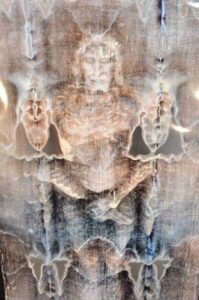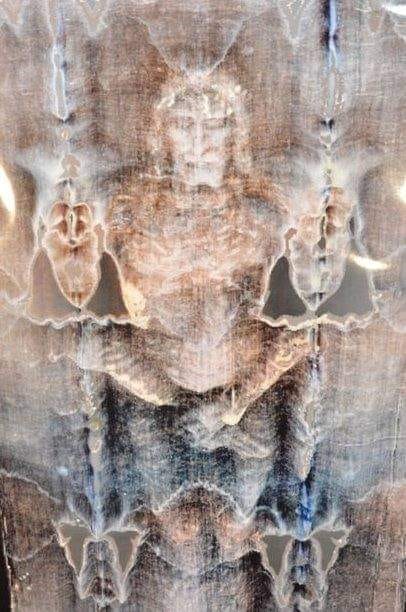
For links to homiletic outlines for the various Easter Lectionary readings for the various Easter Masses, click here and then scroll down.
For a quick read, here are some doctrinal points about Christ’s Resurrection and how it affects us.
- In the Creed we recite, “I believe . . . he rose again on the third day” and “I believe in the resurrection of the body.”
- What was resurrected on the third day? Jesus’ body. Death is a separation of the body from the soul. Jesus’ human soul remained united to the divinity of Christ. The Son of God reanimated and transformed his earthly body into a glorified body that Easter morning.
- The Resurrection is a real, historical event, “attested to by the disciples, who really encountered the Risen One” (CCC 656). It is also a transcendent event: “this event is mysteriously transcendent insofar as it is the entry of Christ’s humanity into the glory of God” (CCC 656). Calling it transcendent does not mean it was “unreal,” or “mystical,” or, worst of all, “a delusion.” This real event was transcendent in that it went beyond any natural human or material power in creation. It was a work of God giving Christ’s body supernatural power and glory.
- When we look for our own resurrection, what are we anticipating? Again, bodies die, not souls. We anticipate the resurrection of our bodies, as we recite in the Creed. This is why Christ’s Resurrection means the world to us.
- “Christ, ‘the first-born from the dead’ (Col 1:18), is the principle of our own resurrection, even now by the justification of our souls (cf. Rom 6:4), and one day by the new life he will impart to our bodies (cf. Rom 8:11)” (CCC 658).
- If we are faithful we will live in glorified bodies united to our redeemed souls, possessing everything good we are capable of, securely, forever.

Leave a Reply